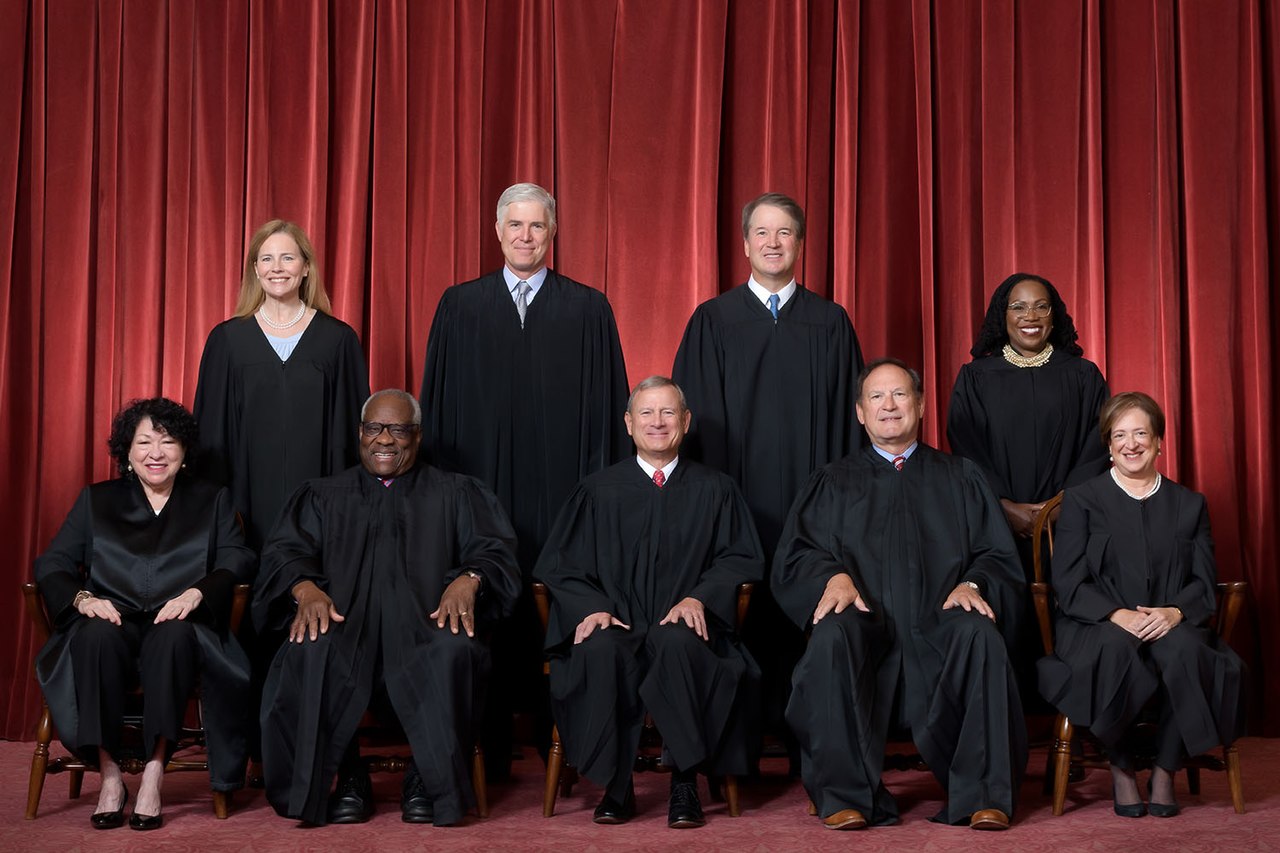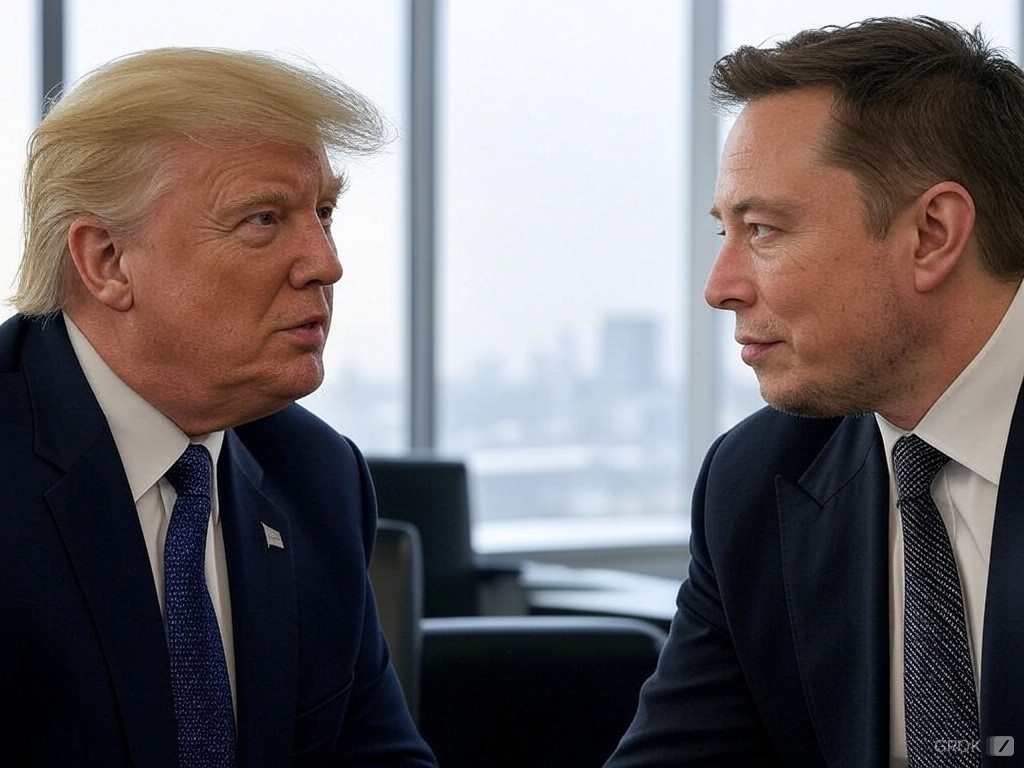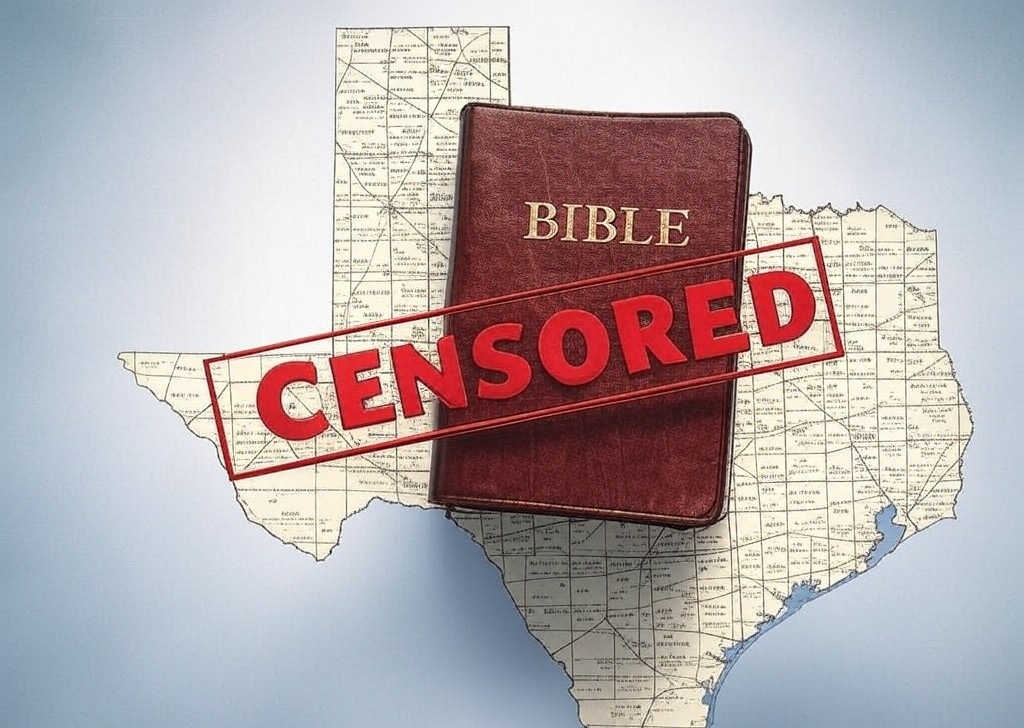In a historic ruling, the U.S. Supreme Court has abolished the Chevron deference, a foundational legal doctrine that has shaped federal regulatory authority since 1984. This decision will severely impair the Environmental Protection Agency’s (EPA) ability to combat climate change, resulting in more frequent and intense hurricanes.
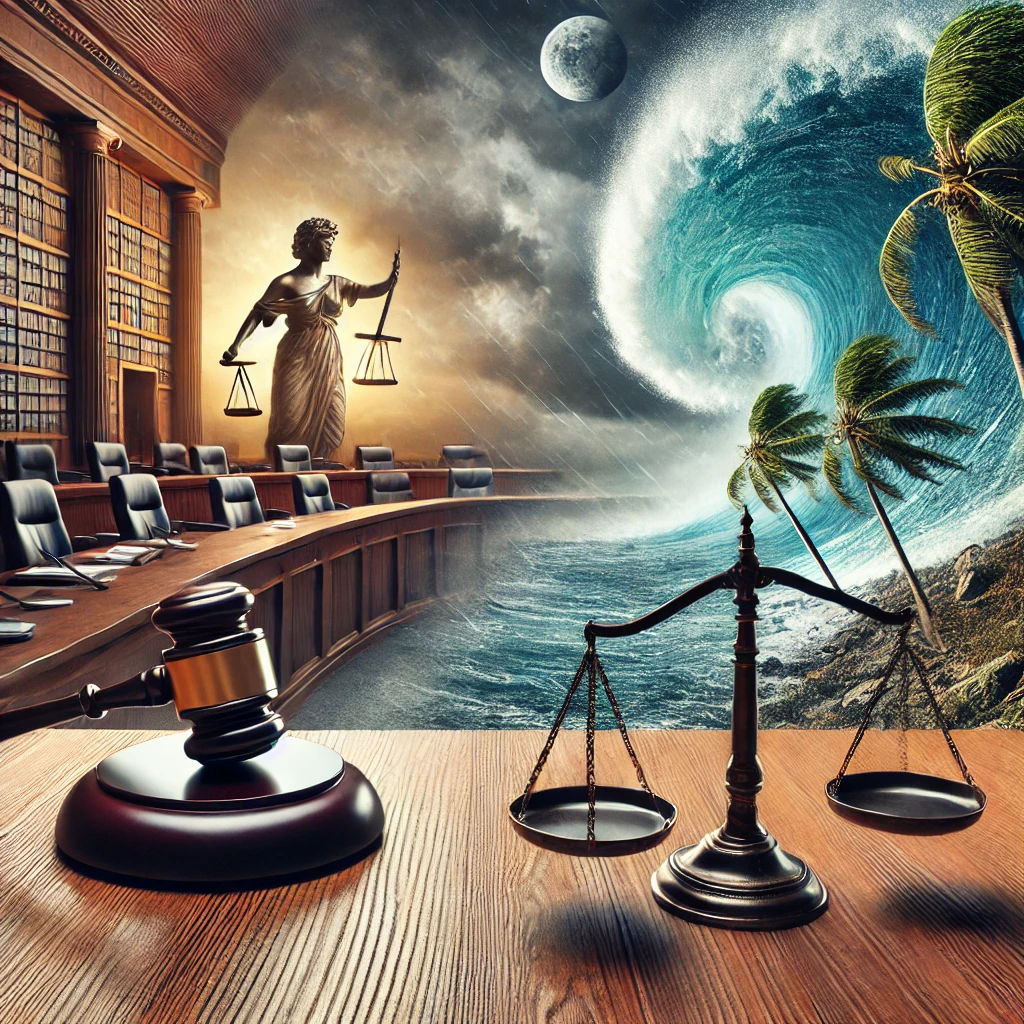
Chevron deference, stemming from the case Chevron U.S.A., Inc. v. Natural Resources Defense Council, Inc., mandated courts to defer to federal agencies’ interpretations of ambiguous statutes they administer, as long as their interpretations were reasonable. This allowed agencies like the EPA to implement complex environmental regulations effectively, based on evolving scientific knowledge.
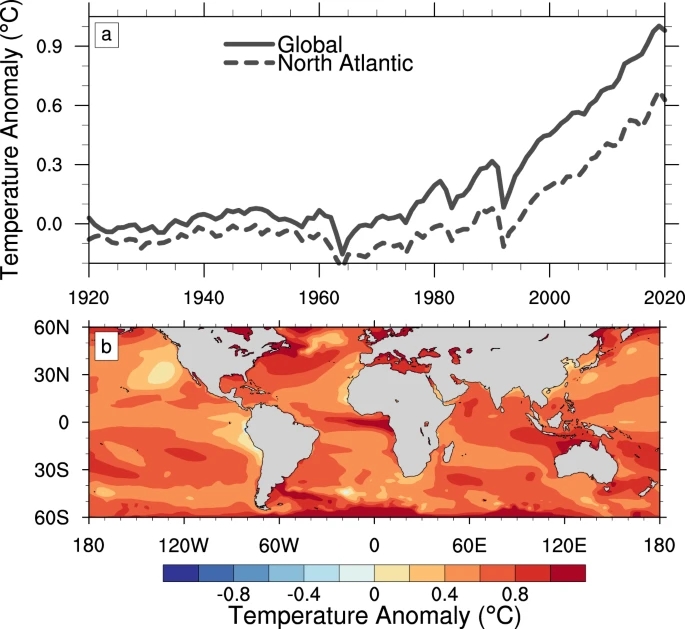
The link between global warming and hurricanes is robust. Warmer sea surface temperatures fuel more powerful hurricanes, making these natural disasters increasingly destructive. Historically, the EPA has utilized its regulatory powers under the Clean Air Act to enforce emissions reductions from various industries, crucial measures in mitigating global warming.

The Supreme Court’s decision to overturn Chevron deference will inevitably increase litigation, as industries are likely to challenge EPA rules more frequently. These challenges will argue that courts should not defer to the agency’s interpretations of ambiguous environmental laws, leading to enforcement delays and potential reticence from the EPA in implementing stringent pollution controls, fearing prolonged legal battles.

According to the Center for American Progress in their report, “Ending Chevron Deference: Impacts on Federal Environmental Protections,” many of the U.S.’s critical environmental regulations are derived from agency rule-making capabilities that Chevron deference supported. The report emphasizes that environmental regulations have provided substantial economic benefits, outweighing their costs by a factor of 30 to 1.
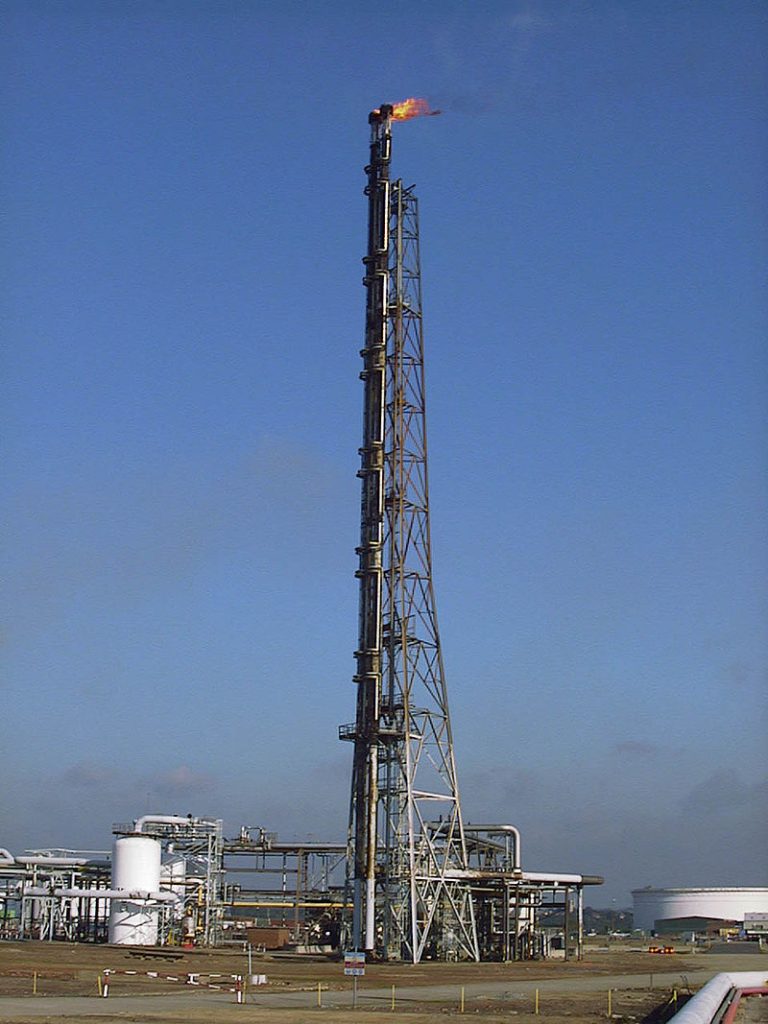
Among the regulations now at risk are the stringent controls on methane flaring and leakage at oil and gas facilities. Finalized in late 2023, these rules address methane, a greenhouse gas 80 times more potent than carbon dioxide over a 20-year period. Their enforcement is critical for limiting global warming to levels necessary to prevent catastrophic climate impacts. However, without Chevron deference, courts have more leeway to strike down such crucial regulations, potentially allowing more methane to leak into the atmosphere.

Additionally, the EPA’s upcoming emissions standards for both light- and heavy-duty vehicles, crucial for limiting emissions from major sources like commercial vehicles, and the expected regulations to significantly reduce emissions from fossil fuel power plants, are also in jeopardy. These standards, vital for the fight against climate change, face an uncertain future as conservative opposition to the EPA’s authority under Section 111 of the Clean Air Act, which the new rules would utilize, strengthens following the Chevron deference decision.
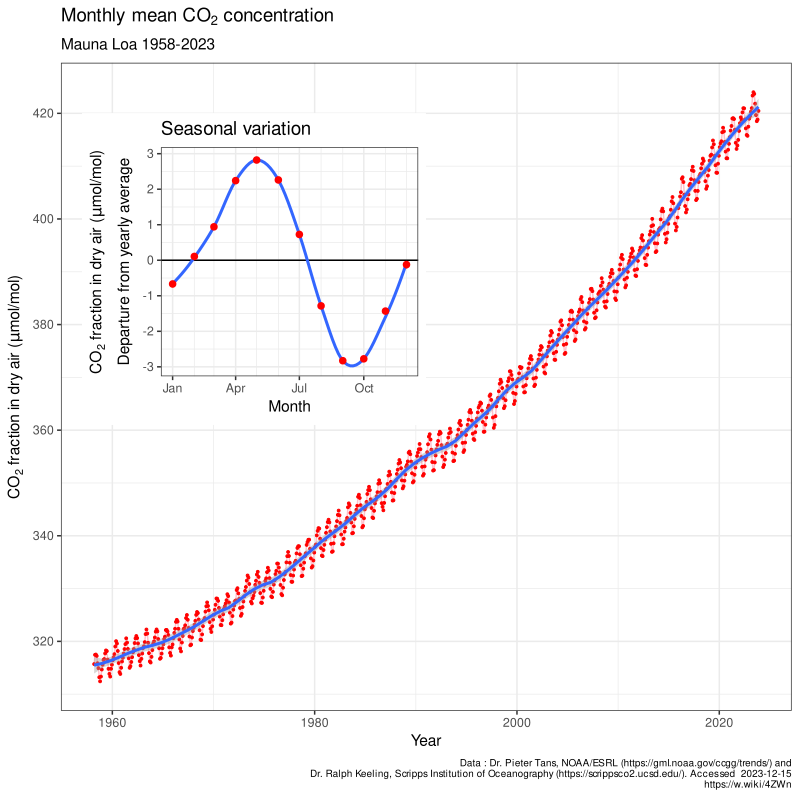
The Supreme Court’s decision to end Chevron deference not only reshapes American administrative law but also poses significant challenges to the nation’s ability to address climate change effectively. This judicial shift directly impacts the regulatory landscape for environmental protection and is poised to exacerbate the severity and frequency of hurricanes, spotlighting the broader implications of this critical judicial decision.

